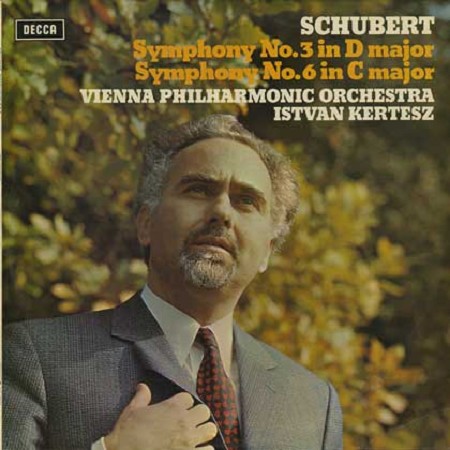
Now, this is strange, very strange. SONY has just released in a beautiful 300 page book/with cds this Nozze di Figaro. The conductor new to me is Greek and the period orchestra is Russian. The conductor, who is very young, already has a Dido & Aeneas and a Mozart Requiem to his credit in the French Alpha label. I didn´t care for the Dido because the title role was sung by Simone Kermes, not one of my most admired sopranos, and what do you know, she sings the Countess in this recording too. So why did I buy it? Well, I read some very enthusiastic reviews, and was puzzled about why a major label in time of crisis would invest in a new recording of Figaro with practically a gang of unknowns.
Teodor Currentzis seems to be an up and coming conductor. He was born in Greece but studied and has worked mostly in Russia. His repertoire is wide, he conducts one day Verdi´s Macbeth and the next Wagner´s Tristan, and most surprisingly is an ardent advocate of period performance. His orchestra based in the city of Perm near the Ural Mountains is not unlike the Zürich Opera House orchestra, which plays in modern and period instruments according to the work they are performing. I was surprised by the excellent quality of the orchestral playing, very Mozartian sound, not Russian at all.
I was also pleasantly surprised by the vibrant, urgent, and musical conducting of Currentzis, easily the best thing in the recording. Except for madame Kermes, there are no big names in the cast. Most of them do well, often very well indeed, but they have to compete with the greatest voices the World has known and it would be silly to pretend that Andrei Bondarenko who sings Figaro is in the league of a Hermann Prey, Jose van Dam or Sesto Bruscantini, nor Fanie Antonelou, the Susanna, in the class of a Lucia Popp, Ileana Cotrubas or Irmgard Seefried. But this is a youthful and more than competent cast, and as an ensemble they work well together.
Currentzis allows appoggiaturas (vocal embellishments that singers improvise in the moment), very rare to find in Mozart recordings, even in period ones. Harnoncourt, Christie and Jacobs say that appoggiaturas are ok live, for the actual performance, but they prefer not to record them because with repeated listenings they will be memorized by the listener and some may think they are written in the score.
So, this is a fine Figaro, and one that makes us realize how much things have changed: a Figaro recorded in Russia? with a Greek conductor? Globalization!!!!
The René Jacobs recording in HM is probably the recording it resembles the most. That is also a very HIP, very exciting reading, but the HM singers are altogether in a different class vocally.
The new SONY is also extremely well recorded, with crystal clear timpani and every section of the orchestra very well defined. It may even grow in stature with repeated listenings.









